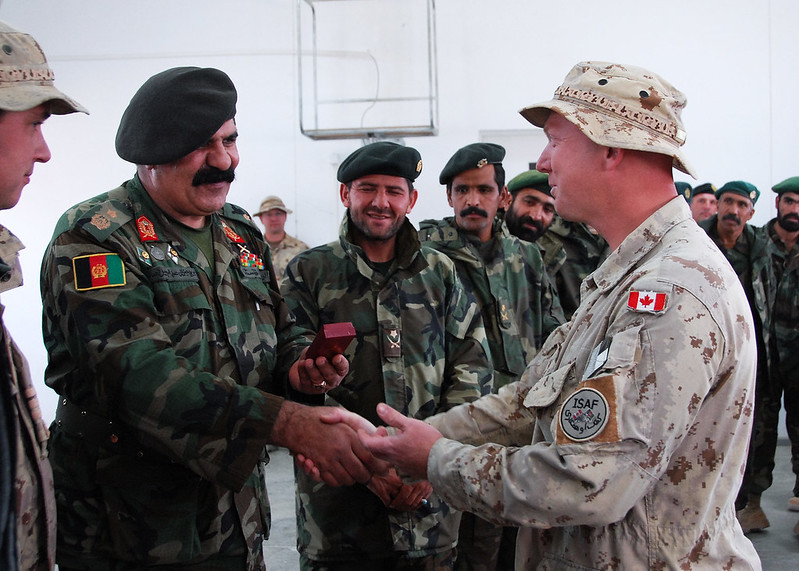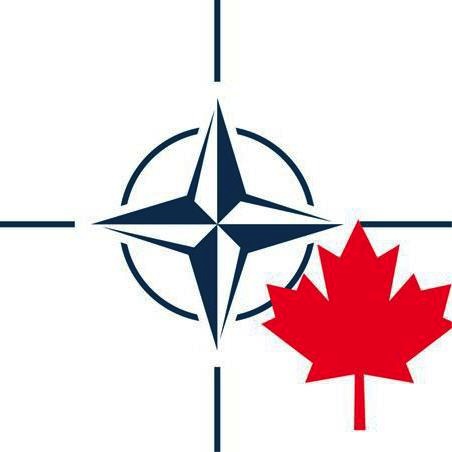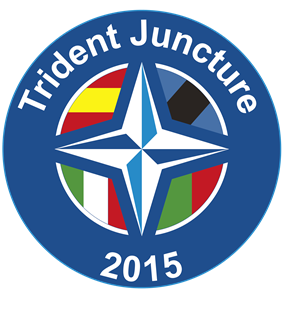Editor’s note: This is the final instalment of a three-part series on Canada, NATO, and burden sharing. For other perspectives on this subject, see the first and second instalments.
Since 1949, questions of NATO burden sharing have embodied an essential source of alliance well-being. Member states that are perceived to contribute insufficiently to NATO’s public goods—that is, collective defence and out-of-area crisis management—are considered to be undermining alliance solidarity with their free-riding behaviour. This makes burden sharing politically sensitive.
Member states have different dispositions that allow them to contribute to varying degrees to the collective cause, such as financial resources, military capabilities, divergent threat perceptions, and national strategic cultures. Broadly speaking, scholars have studied these dispositions as input and output variables. For example, the Gross Domestic Product (GDP) ratio of national defence spending (the 2 per cent goal) is considered an input variable; the number of troops deployed on NATO missions is considered an output variable. There is no agreement among scholars or practitioners as to which variable best captures NATO burden sharing fairness because it is methodologically complex.
I argue that we need to move beyond simply studying input and output variables because of their methodological limitations. Instead, we should focus on studying the impact of NATO member states’ burden-sharing contributions—that is, the long-lasting effect their contributions have on the provision of NATO public goods.
The Canadian Debate
This preamble to NATO burden sharing is important to contextualize the Canadian debates on what this country contributes to the alliance.
The 1990s are commonly perceived as a dark era in which the Canadian government failed to provide the necessary funding for an impactful foreign and security policy. This led to a diminished Canadian global presence, according to Andrew Cohen. Before the 1990s, he argues, Canada was an active multilateralist country engaged in international diplomacy, peacekeeping, and trading.
It is certainly true that Canada’s domestic political realities in the early 1990s, especially the federal deficit and the threat of national disunity as a result of the Quebec referendum, are partially to blame for the reduced Canadian military spending. With low public support, a weakened economy, as well as high inflation and unemployment rates, Ottawa decided to cut the foreign and defence budgets. Moreover, the Canadian public questioned the rationale for large conventional militaries at the time of post-Cold War peace dividends.
However, as I have argued elsewhere, Canada was in good company and most certainly not an outlier as nearly all NATO member states at the time had considerably curtailed their defence spending. Moreover, it is important to understand that this so-called “decade of darkness” only considers the input variable of the burden-sharing discussion—that is, the percentage of the overall national GDP devoted to defence spending. It thus misses an important contextual view, namely that of a changing security environment imposed by the end of the Cold War, which rendered massive conventional capabilities like tanks and artillery less important for the new crisis management tasks that the alliance was asked to carry out. This is especially so in fragile and conflict-affected states (such as those in the Balkans) that were calling upon rapid response and conflict management capabilities and peacebuilding expertise instead. In other words, the changing global order in the early 1990s induced a change of NATO’s public goods, namely from collective defence to collective crisis management.
The “decade of darkness” association is also incorrect insofar as Canada did not disengage from NATO. Looking at the empirical evidence, we know that Canada was active by offering its expeditionary capabilities for these new crisis management tasks. In terms of Canada’s force contributions to NATO missions, it ranked 9th in NATO’s Implementation Force (IFOR) in 1995; 7th in NATO Stabilization Force (SFOR) from 1996-2004; 11th largest in NATO’s Kosovo Force (KFOR) from 1999-2021; and 5th in NATO’s International Stability Assistance Force (ISAF) in Afghanistan. These rankings suggest that Canada was not asleep when called upon to contribute to NATO operations. It was a medium-ranked performer, which is perhaps adequate for a commonly considered middle power.
Takeaways—Policy, Practice, Analytics
The discussions on NATO burden sharing are rich, far-reaching, and mainly of a rationalist flavour. But analysts often get stuck in material arguments (e.g., what percentage of GDP does a given country spend on defence); they often do not consider NATO burden sharing as an active process, or it being a social practice carried out by individuals. Moreover, while data on NATO operations and national force contributions are readily available, we know very little of the impact of these troop deployments on the ground. Did member states’ burden-sharing commitments to the collective cause help to achieve the mission’s objectives (and if so, how?), or its mandates? Let us dive into this argument a bit further.
A results-based evaluation—that is, studying the inputs, outputs, as well as outcomes, and short- and long-term impacts of member states’ burden sharing contributions—would be a more fruitful avenue to determine burden sharing fairness than solely measuring input and output variables. More specifically, inputs trigger a specific activity, such as an operation or work process that is used to produce outputs (e.g., training or planning). Outputs are specific defence products or services that are a direct outcome of the activity, such as patrolling a fragile area in a conflict-affected country. The outputs then lead to outcomes, which denote the consequences that are attributed to the activities and outputs of the institution. Outcomes are not exclusively within the control of the institution and subject to external factors or causes (e.g., weather, terrain) or domestic politics in the member states. An impact (often also considered the final outcome) is a long-term outcome.
To put it more simply, the logic of this chain model shows that input resources are used to carry out collective activities; activities lead to services or products delivered (outputs); outputs contribute to change (outcomes); and outcomes, usually over a long-time horizon, will contribute to an impact. Thus far, the burden sharing literature has mainly considered input and output variables, as noted, and continues to overlook the outcome and, above all, impact variables.
Second, burden sharing is an active process of routinized practices in which institutions (e.g., NATO) as well as individuals (e.g., bureaucrats, politicians) engage. We need to ask ourselves what norms, values, principles, or beliefs inform policy officers working on NATO burden-sharing files in their respective national foreign and defence ministries? How is the burden being negotiated formally and informally in the North Atlantic Council, NATO’s highest political body?
At the moment, we do not have any good answers to these questions, but they are needed to rejuvenate the NATO burden-sharing research program with insights beyond the input-output (or power-interest) binaries that dominate the literature today.
Photo: “090205-N-8825R-009,” February 5, 2009, by U.S. Navy Petty Officer 2nd Class Aramis X. Ramirez, via Flickr. Licensed under CC BY 2.0.
Disclaimer: Any views or opinions expressed in articles are solely those of the authors and do not necessarily represent the views of the NATO Association of Canada.




